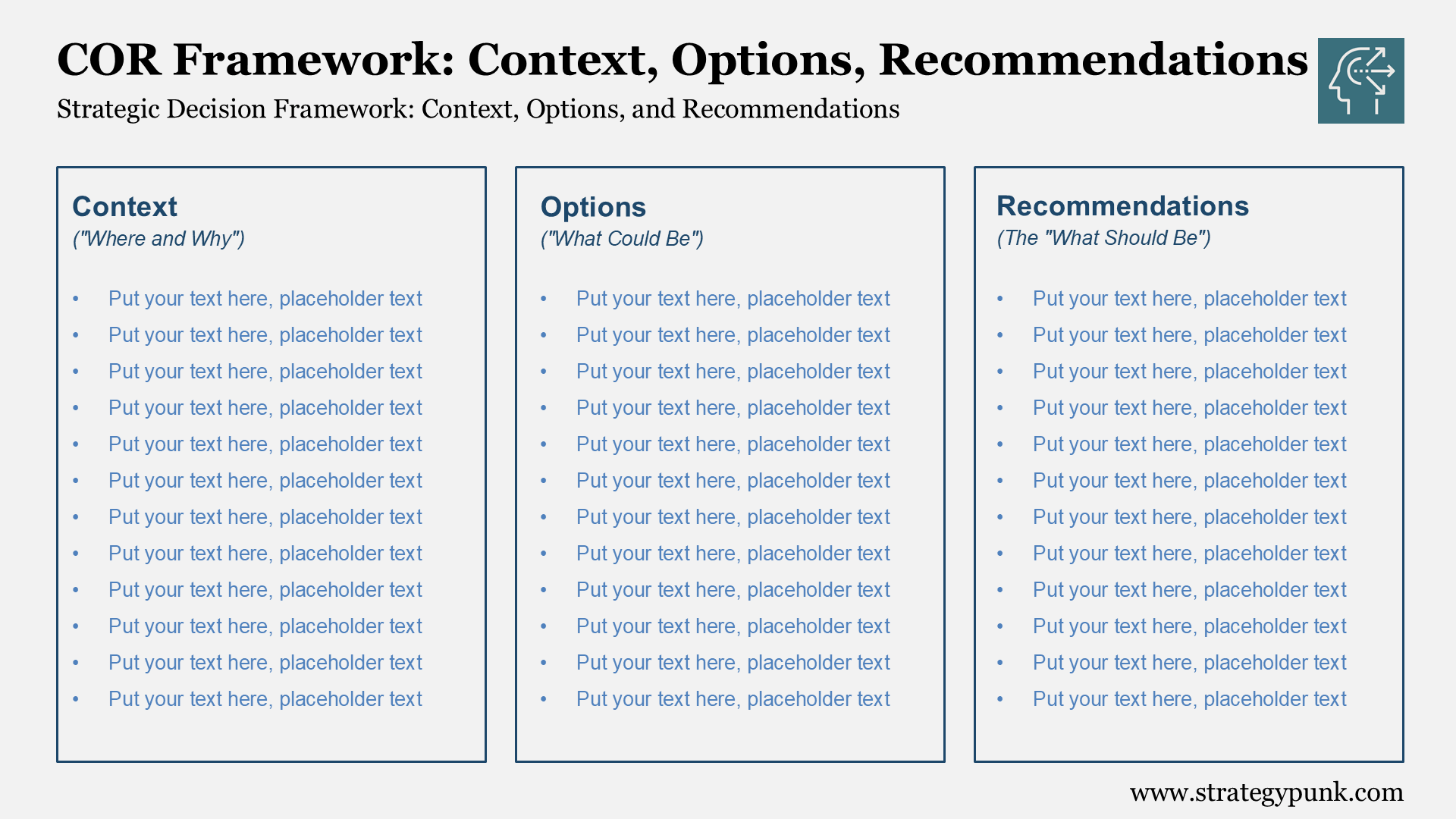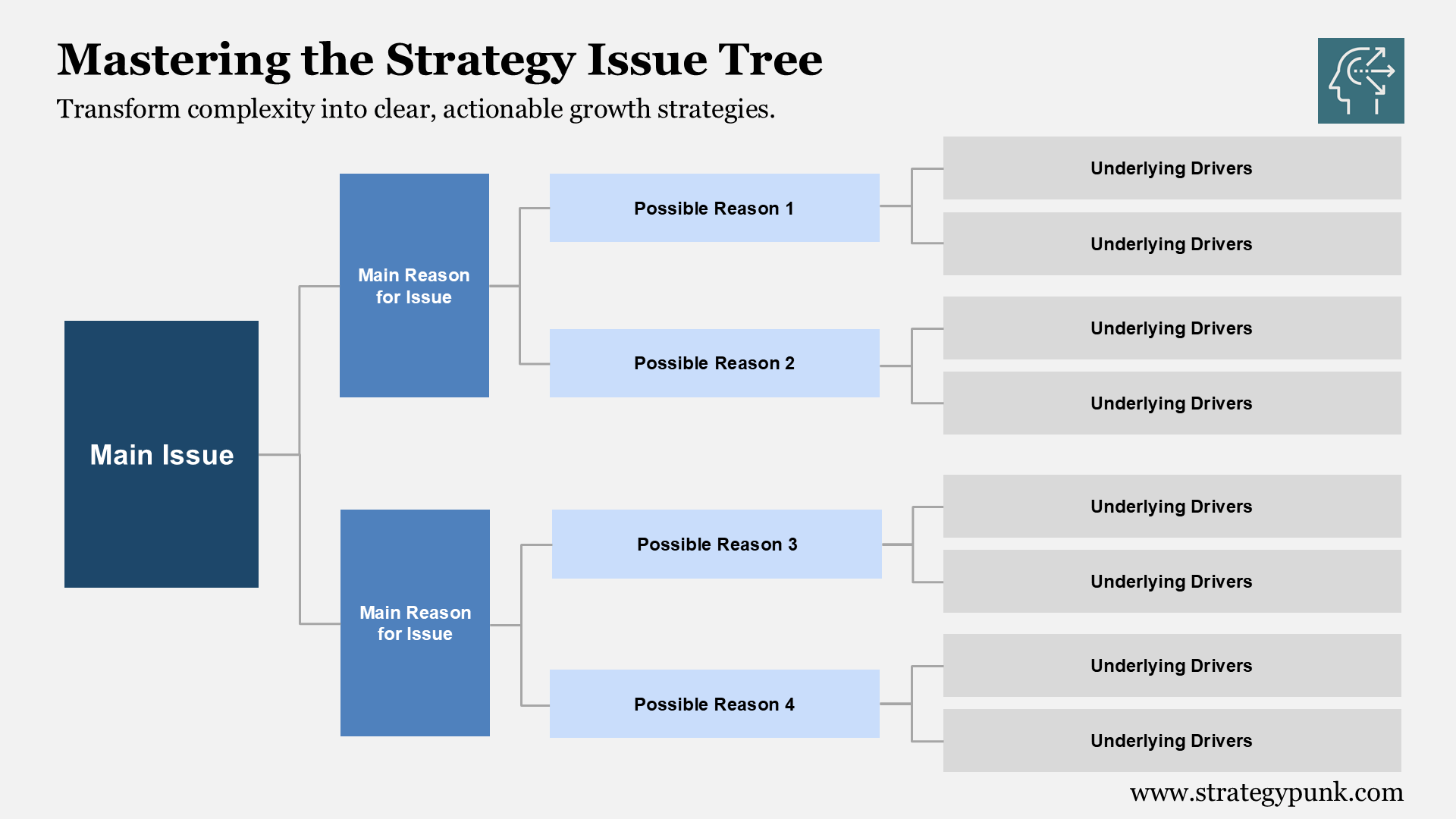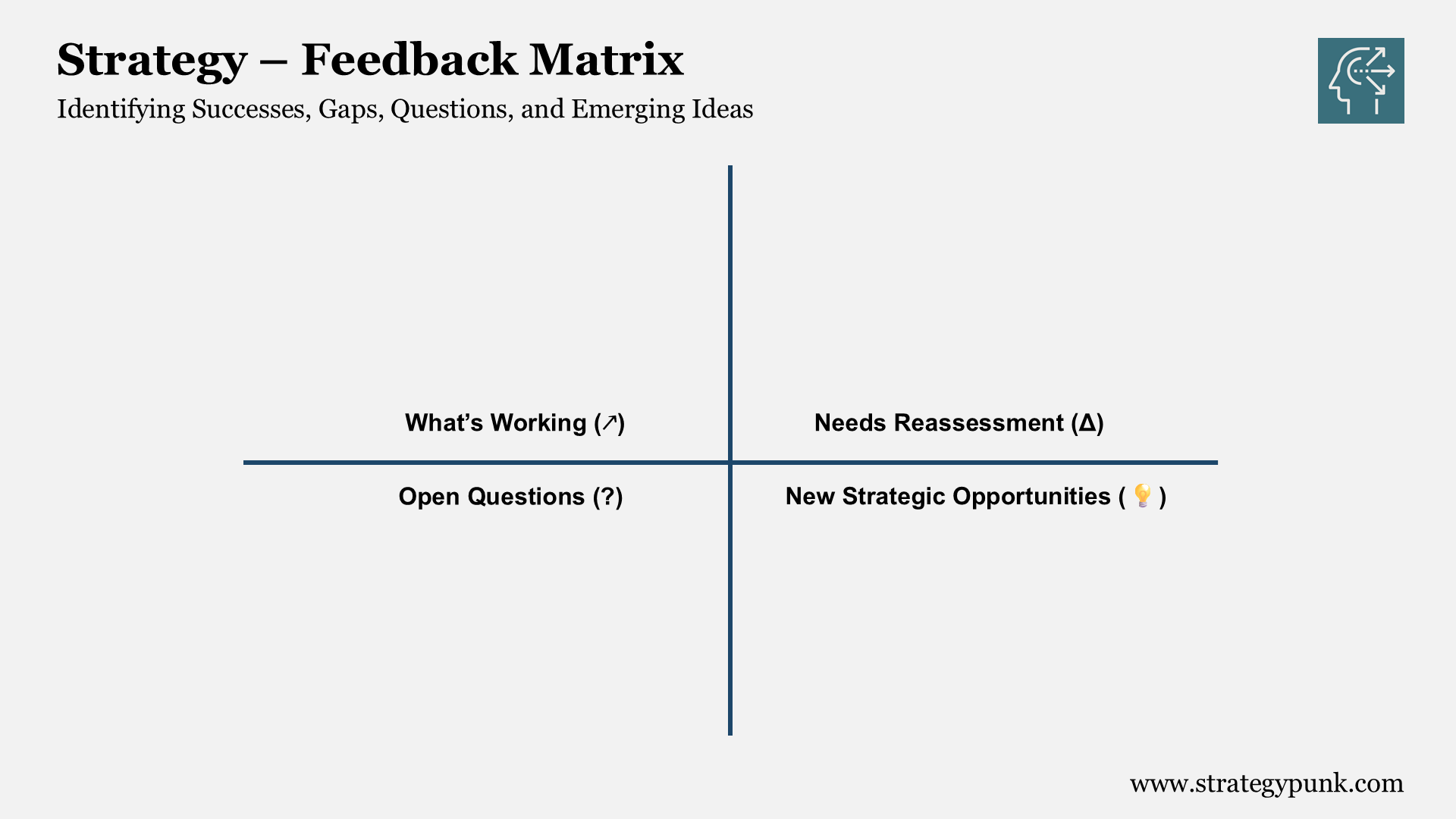Porter's 5 Forces Analysis for Netflix: Free Templates and In-Depth Insights 2024
Get a comprehensive Porter's Five Forces Analysis of Netflix with a free PowerPoint template for 2024. Understand Netflix's competitive dynamics and strategies in the streaming industry.
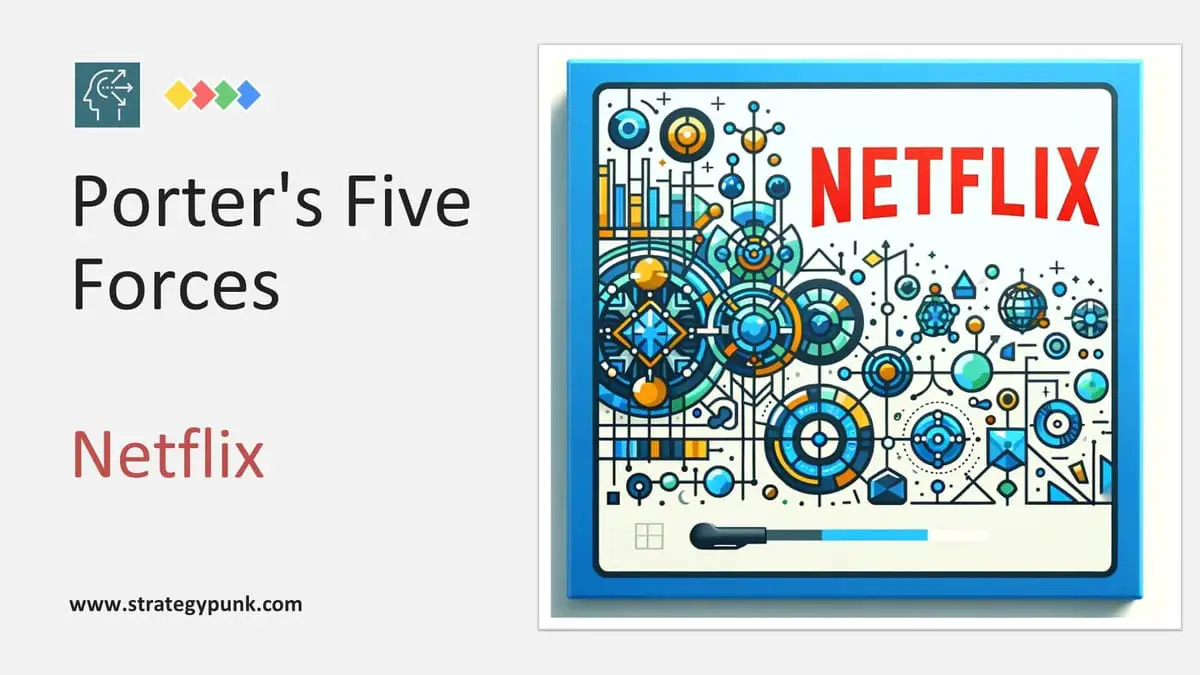
Introduction Porter's 5 Forces for Netflix
Netflix is a leading video streaming service that has revolutionized how people watch movies and TV shows.
With over 200 million subscribers worldwide, Netflix has become dominant in the entertainment industry. However, the company operates in a highly competitive landscape with numerous threats.
Michael Porter's five forces analysis provides a valuable framework for analyzing Netflix's competitive landscape and strategic positioning.
Additionally, we provide a free and fully editable PowerPoint and PDF template for a more detailed exploration of this analysis.
Background of Netflix
Netflix, Inc., founded in 1997 by Reed Hastings and Marc Randolph in Scotts Valley, California, began as a mail-delivery DVD rental.
Netflix's early business model differed starkly from the streaming giant we know today. In 1998, Netflix launched its website with a catalog of 925 DVDs available for rent.
Evolution into Streaming:
- 2007 Transformation: Netflix pivoted significantly in 2007, introducing its streaming service. This allowed subscribers to watch thousands of movies and TV shows on their computers, marking the beginning of a shift towards a subscription-based model.
- Expansion of Content and Services: Over the next few years, Netflix expanded its streaming service to various platforms, including smart TVs, game consoles, smartphones, and tablets. It also started expanding its service internationally.
Introduction of Original Content:
- 2013 – A Major Milestone: In 2013, Netflix ventured into producing original content, releasing its first series, "House of Cards." This marked a significant shift in strategy, positioning Netflix not just as a content distributor but also as a content creator.
- Diversification of Originals: Since then, Netflix has broadened its portfolio of original content, including a wide array of critically acclaimed shows, movies, documentaries, and special programming. This content is tailored to a diverse audience and has local productions in various countries.
Global Expansion:
- Growing International Presence: Throughout the 2010s, Netflix aggressively expanded its international presence. By the decade's end, it was available in over 190 countries.
- Localized Content and Strategies: Along with its global expansion, Netflix began investing in local content for different regions, recognizing the importance of cultural relevance in content creation.
Business Model and Technology:
- Subscription-Based Model: Netflix’s primary revenue model is its subscription-based service, which offers various plans based on streaming quality and the number of screens.
- Technological Innovation: The company has consistently invested in technology, using sophisticated algorithms for content recommendations and streamlining its delivery network to ensure high-quality streaming experiences.
Market Position:
As of mid-2020, Netflix has become one of the leading streaming service providers globally, with a massive subscriber base and a significant influence on the entertainment industry.
Its evolution from a DVD rental service to a streaming behemoth is often cited as a classic example of a company successfully adapting to changing market dynamics and technological advancements.
Netflix Porter's Five Forces
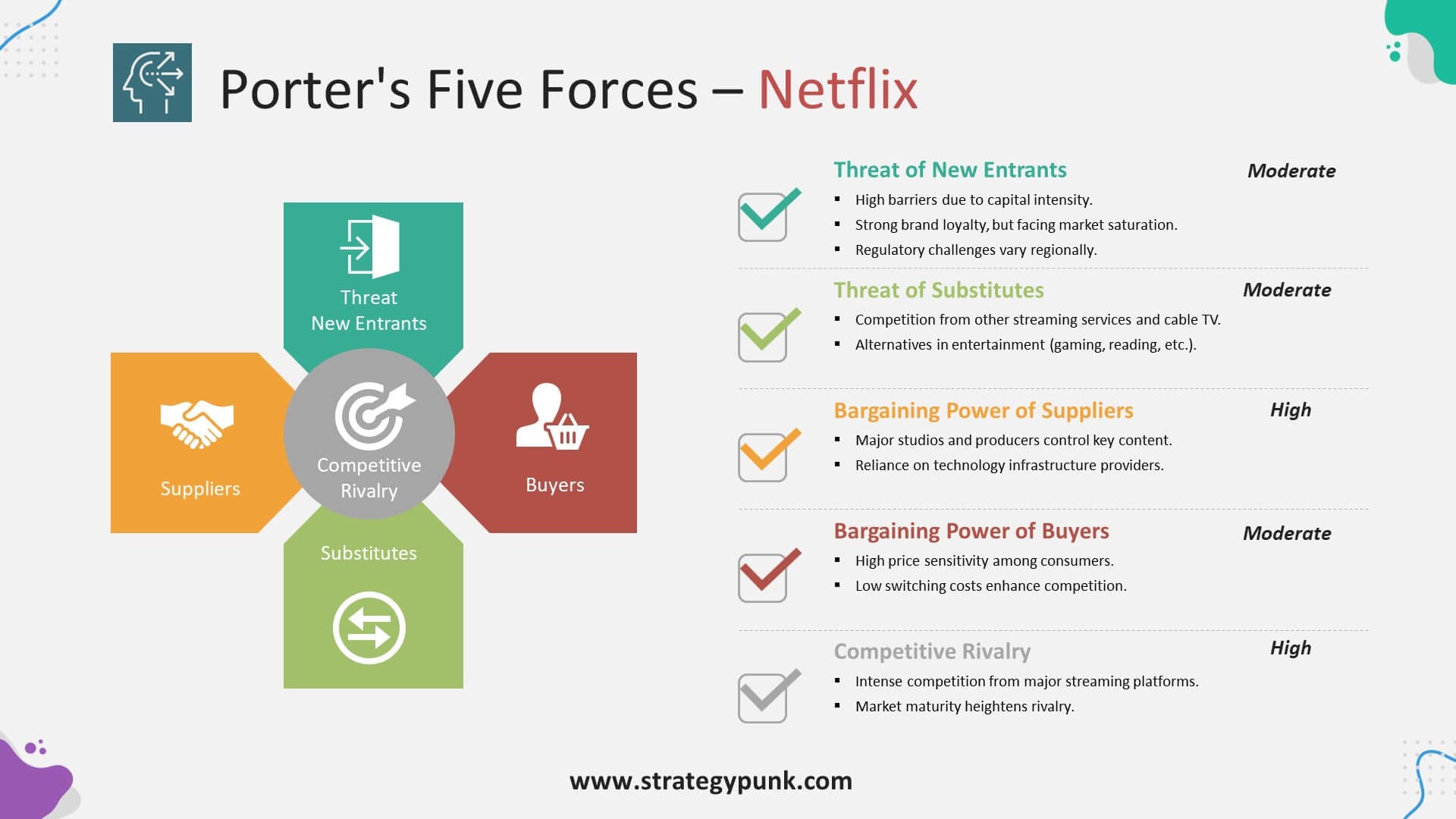
Threat of New Entrants
The threat of new entrants in the video streaming industry is moderate.
On one hand, launching a successful streaming service requires significant upfront investments in content acquisition and licensing deals. Netflix spends billions of dollars yearly on original programming and licensing popular shows and movies1. Building brand recognition and attracting subscribers in a market dominated by Netflix, Amazon Prime, Hulu, and others is difficult for newcomers.
On the other hand, the rise of streaming has attracted many well-funded tech giants like Apple, Disney, and AT&T into this space. These companies can leverage their massive financial resources, existing content libraries, and customer bases to compete with Netflix. The low switching costs for subscribers also make it easier for new entrants to attract customers.
Overall, the threat of new entrants is significant but not severe enough to fundamentally threaten Netflix's position.
The threat of new entrants is moderate. Launching a successful streaming service requires significant investments in content and licensing. However, tech giants like Apple and Disney can leverage resources to compete.
Bargaining Power of Suppliers
The bargaining power of content suppliers like movie studios and TV networks is moderate to high.
Netflix relies heavily on licensing popular third-party content to attract and retain subscribers3. Major studios like Disney and Warner Bros. have significant negotiating power and can demand high licensing fees from Netflix. Media companies are also increasingly shifting content to streaming services like Disney+ and HBO Max, which limits the content available to Netflix.
However, Netflix has been able to use its data analytics capabilities and original programming to counter supplier power. Netflix originals like Stranger Things and Squid Game have become pop culture sensations. Netflix can leverage its popular original content and massive subscriber base to better deal with studios.
Overall, suppliers have significant but not overwhelming bargaining power over Netflix.
The bargaining power of suppliers like movie studios is moderate to high. Netflix relies on licensing popular content, giving studios negotiating power. But Netflix originals counter supplier power.
Bargaining Power of Buyers
The bargaining power of individual subscribers is low to moderate.
Given Netflix's 200+ million global subscriber base, a single subscriber has a negligible impact on its revenues. Individual subscribers also have little say in what content is available on Netflix. However, collectively, subscribers have more power. If many subscribers cancel Netflix, it can significantly impact the company's profitability and stock price.
The low switching costs between streaming services also give subscribers more power. It is effortless for dissatisfied Netflix customers to cancel and switch to competitors like Hulu and Amazon Prime. This keeps Netflix on its toes and forces it to continuously invest in better content. Buyers have relatively low individual power but higher collective power over Netflix.
Due to Netflix's large base, individual subscribers' bargaining power is low to moderate. However, subscribers who switch services have more power collectively.
Threat of Substitutes
The threat of substitutes for Netflix is moderate. Streaming is replacing traditional pay TV and physical media, such as DVDs, as the primary way people watch video content.
However, close substitutes like Hulu, Prime Video, and HBO Max compete directly with Netflix in streaming. Switching costs are low for subscribers. Basic features and pricing are broadly similar across services. Original content is the main differentiator9. Piracy is another substitute threat, as viewers can illegally download shows and movies for free instead of subscribing.
Overall, the threat from substitutes is moderate. Consumers have many streaming options, but Netflix's vital content and brand help it stand apart.
The threat of substitutes like Amazon Prime Video is moderate. Streaming is replacing traditional pay TV. However, Netflix's vital content and brand help differentiate it.
Competitive Rivalry
Competitive rivalry is high in the video streaming industry.
The core competition is among streaming platforms like Netflix, Amazon Prime, Hulu, Disney+, HBO Max, and others. The lack of differentiation between basic streaming services10 fuels intense rivalry.
Everyone competes on content, features, and price. Switching costs are low, making subscribers very price-sensitive. High fixed costs for content also necessitate large subscriber bases to achieve profitability. This results in cutthroat competition for market share.
The competitive rivalry is the most significant of Porter's five forces shaping Netflix's and other players' strategies.
Competitive rivalry with other streaming platforms is high, fueled by similar pricing and features. Content and subscribers are crucial to profitability.
Strategies for Success
In navigating the competitive landscape highlighted by Porter's Five Forces analysis, Netflix can adopt several strategies to maintain and enhance its success:
1. Investing in Diverse and High-Quality Original Content
To differentiate itself from competitors and reduce its reliance on third-party content, Netflix should continue to invest in a wide range of original programming.
This includes not just series and films but also documentaries, stand-up specials, and children's programming to appeal to a broad audience.
2. Expanding International Content and Reach
Given the saturation of the U.S. market, expanding international content is vital.
This involves producing and acquiring local content in various languages and cultures to attract and retain subscribers globally.
3. Enhancing User Experience and Personalization
Investing in technology to improve the user interface and personalization of content can enhance customer satisfaction.
Advanced algorithms for recommendations and a more intuitive UI can help retain current users and attract new ones.
4. Strategic Partnerships and Collaborations
Partnerships with content creators, distributors, and even telecom companies can help Netflix expand its reach and library.
Collaborating with established studios and indie creators for exclusive content can also be beneficial.
5. Exploring New Revenue Streams
Beyond the subscription model, exploring other revenue streams like limited ads, merchandise sales, or interactive content (e.g., games, VR experiences) can provide additional income and subscriber engagement.
6. Leveraging Data Analytics for Decision Making
Utilizing data analytics to understand viewer preferences, viewing patterns, and market trends can inform decisions on content creation, marketing strategies, and international expansion.
7. Sustainable Content Creation
Emphasizing sustainability in content production—both environmentally and economically—can enhance the brand's image and appeal to a socially conscious audience.
8. Effective Marketing and Brand Building
Strong marketing campaigns, particularly for flagship shows and films, can help maintain Netflix's position as a leading entertainment provider.
Building a brand that resonates with diverse audiences globally is essential.
9. Adapting to Regulatory Changes
It is critical to stay agile in responding to regulatory changes across different countries. This includes adapting to content restrictions, data privacy laws, and other regional compliance requirements.
10. Focusing on Customer Feedback and Engagement
Actively seeking and responding to customer feedback and engaging with subscribers through social media and community forums can help improve service and content alignment with user preferences.
By employing these strategies, Netflix can continue to thrive in the highly competitive streaming market, addressing the challenges posed by new entrants, substitute products, and suppliers' and buyers' bargaining power.
Key Takeaways
Netflix operates in a highly competitive streaming industry that is being reshaped by the entry of big tech and media giants.
Using Porter's five forces analysis, we see that the most significant forces are competitive rivalry, the bargaining power of content suppliers, and the threat from substitutes.
Netflix has successfully tackled these challenges by utilizing its first-mover advantage, advanced data analytics, and unique programming. Nevertheless, it increasingly requires innovation and renewal to sustain its leading position.
Frequently Asked Questions
What are the key insights from Porter's five forces analysis of Netflix?
- Competitive rivalry is very high, fueled by similar essential services and low switching costs.
- Content suppliers like movie studios have moderate bargaining power, given Netflix's reliance on licensed content.
- Threat of substitutes like other streaming platforms is moderate due to brand loyalty and original content.
- Threat of new entrants is moderate due to the high investments required and tech giants entering the industry.
- Buyers have relatively low individual power but more collective power to impact Netflix's growth.
What are Netflix's competitive advantages against Porter's five forces?
Some of Netflix's core competitive advantages are:
- First-mover advantage - Early leadership in streaming video
- Powerful analytics and personalization algorithm
- Large content library with popular licensed and original programming
- Global brand recognition and scale with over 200 million subscribers
- In-house data and tech capabilities like the Netflix recommendation system
How does original programming help Netflix counter Porter's five forces?
Original shows like Stranger Things help Netflix in several ways:
- Differentiates Netflix from competitors to combat substitution threat
- Provides exclusive content users can't get elsewhere
- Reduces reliance on licensed content to counter supplier power
- Attracts new subscribers and builds loyalty to offset rivalry
- Adds prestige to the Netflix brand to discourage new entrants
What future challenges does Netflix face relating to Porter's five forces?
Some issues Netflix faces going forward are:
- Maintaining subscriber growth as competition keeps rising
- Countering supplier power as more studios launch their streaming services
- Staying ahead of rivals mimicking the Netflix model and features
- Battling piracy eating into its subscriber base
- Fending off deep-pocketed new entrants like Apple and Amazon
- Keeping its content pipeline strong amidst rising content costs
How can Netflix continue to succeed against the five forces in the future?
Some strategies Netflix could pursue include:
- Expanding into new international markets for growth
- Investing heavily in local original content for key markets like India
- Locking in exclusive deals with top creative talent
- Acquiring strategic content assets to own more IP
- Improving personalization and recommendations using AI
- Enhancing security and access control to fight piracy
- Exploring lower pricing tiers to appeal to price-sensitive segments
Porter's 5 Forces Analysis for Netflix PowerPoint Template
free and fully editable PPT template


